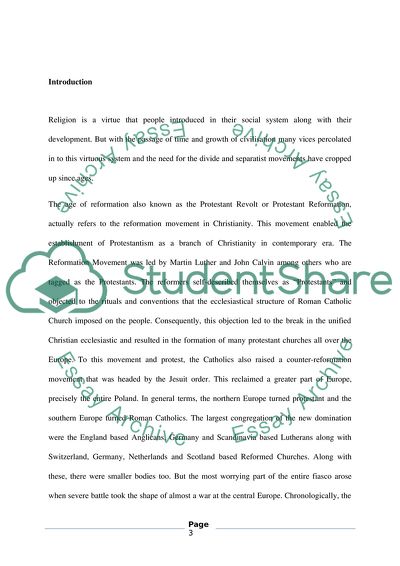Cite this document
(“Lutheran Revolt Term Paper Example | Topics and Well Written Essays - 1750 words”, n.d.)
Lutheran Revolt Term Paper Example | Topics and Well Written Essays - 1750 words. Retrieved from https://studentshare.org/religion-and-theology/1746326-lutheran-revolt
Lutheran Revolt Term Paper Example | Topics and Well Written Essays - 1750 words. Retrieved from https://studentshare.org/religion-and-theology/1746326-lutheran-revolt
(Lutheran Revolt Term Paper Example | Topics and Well Written Essays - 1750 Words)
Lutheran Revolt Term Paper Example | Topics and Well Written Essays - 1750 Words. https://studentshare.org/religion-and-theology/1746326-lutheran-revolt.
Lutheran Revolt Term Paper Example | Topics and Well Written Essays - 1750 Words. https://studentshare.org/religion-and-theology/1746326-lutheran-revolt.
“Lutheran Revolt Term Paper Example | Topics and Well Written Essays - 1750 Words”, n.d. https://studentshare.org/religion-and-theology/1746326-lutheran-revolt.


